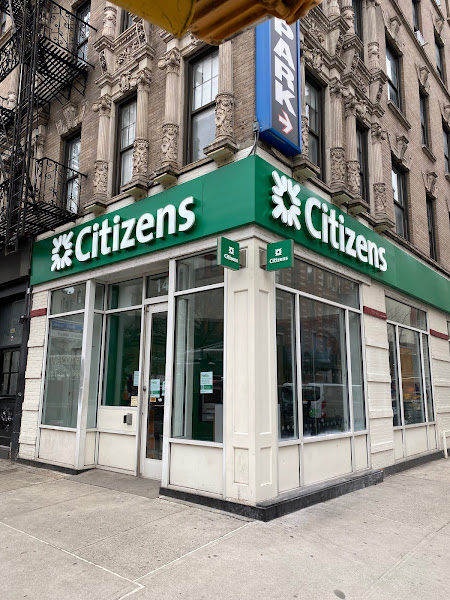This is the first tenant here in almost seven years ... the last at 284 Bowery was Cherche Midi, Keith McNally's French brasserie, which closed in June 2018. (Before this, McNally had unleased Pulino's Bar and Pizzeria.)
This corner had also been a hot spot for street art these past six years, including a mural paying tribute to George Floyd by @fumeroism that arrived in early June 2020.
So much for bank branches being a thing of the past: A Wells Fargo opened one storefront to the south on the Bowery several years back. Now, if we can just get a psychic or nail salon to open in the space between, it will feel like 2008 or so...
So much for bank branches being a thing of the past: A Wells Fargo opened one storefront to the south on the Bowery several years back. Now, if we can just get a psychic or nail salon to open in the space between, it will feel like 2008 or so...













































